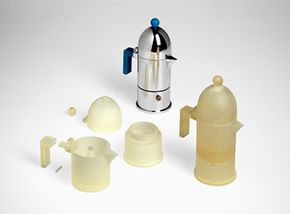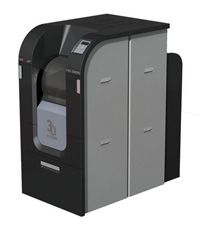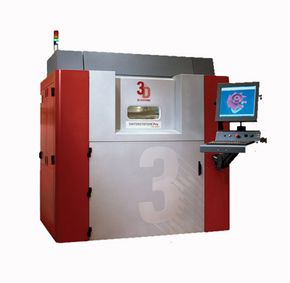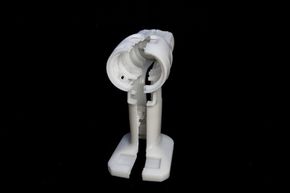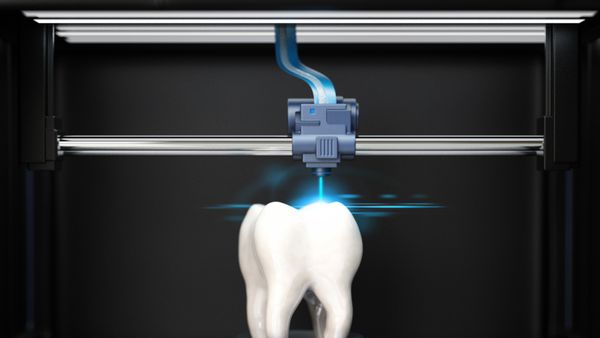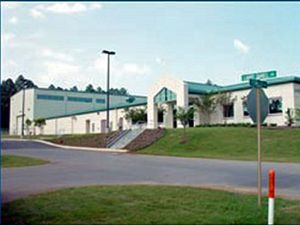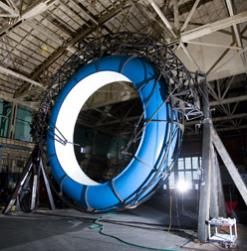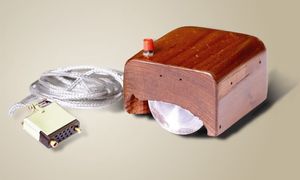New products pop up on store shelves every day, but did you ever wonder what went into getting the latest and greatest slotted into place? Chances are there was a lengthy product evolution before you rested your gaze on it. Some of the major checkpoints a product must pass through on its way to hitting the market are the design phase, the prototyping phase and the production phase.
Kitchen Appliance Image Gallery
Advertisement
After someone has a hot idea for a new product, the next thing he or she needs to do is determine all the details. The more comprehensive this design stage is, the better. Some good questions to ask include:
- What are the product's attributes and characteristics?
- What will the product offer that others on the market don't?
- What is its function or purpose?
- Does any new technology need to be invented to manufacture the product?
- What is the product's lifespan?
- How and where will it be manufactured, packaged, marketed and sold?
- How much will manufacturing cost, and how much will people be willing to pay for the product?
- Are there any issues with the product concerning government regulations, safety and environmental issues, patent infringements, or other potential hang-ups?
If the answers to these questions give you the green light, you're probably ready to begin thinking about building a prototype. Different types of prototypes can be helpful at different stages of the product development process. For example, when you first get going, a drawing could suffice for your design needs. After a while though, you may be ready for a simple prototype to use as a visual aid. But it doesn't need to be full-sized or able to stand up to rigorous operations and testing. You might also want more detailed physical prototypes of specific portions of your product -- maybe a complicated mechanical gear system, for example. You probably wouldn't need to prototype an entire bicycle just to take a closer look at how smoothly a new chain drive system operates.
For a time, you might have to bounce back and forth between tweaking design plans and rough prototyping if you realize your product still has some issues. As the process moves along, however, you may want a prototype that's a more exact imitation of what your final product will be. This is when those final design questions can be settled and everything tested, fine-tuned and perfected.
Now that we've had a look at what basic early design and prototyping can encompass, let's take our product a step further and check out how the pros get their hands on some pretty hardcore prototypes.
Advertisement
